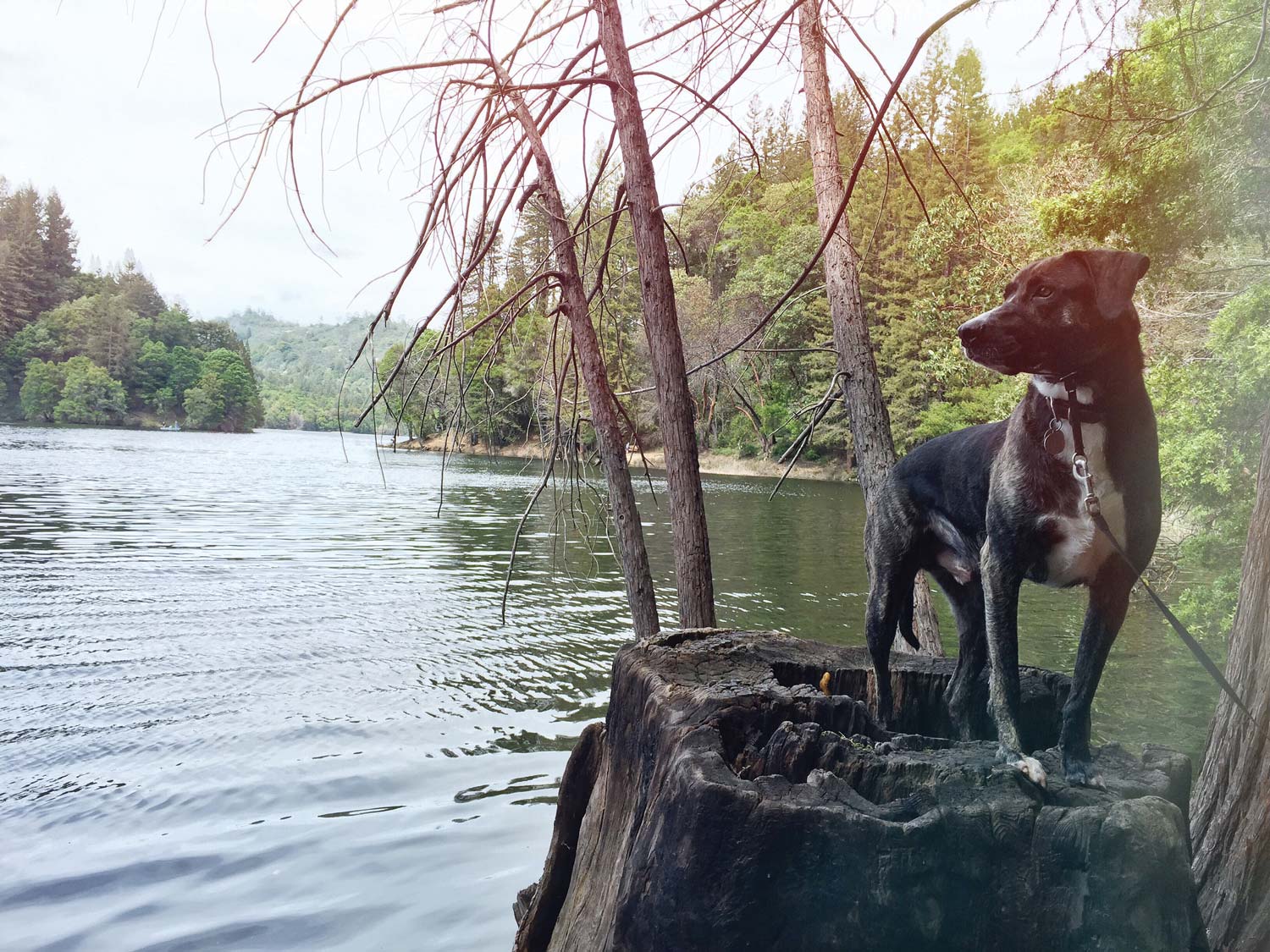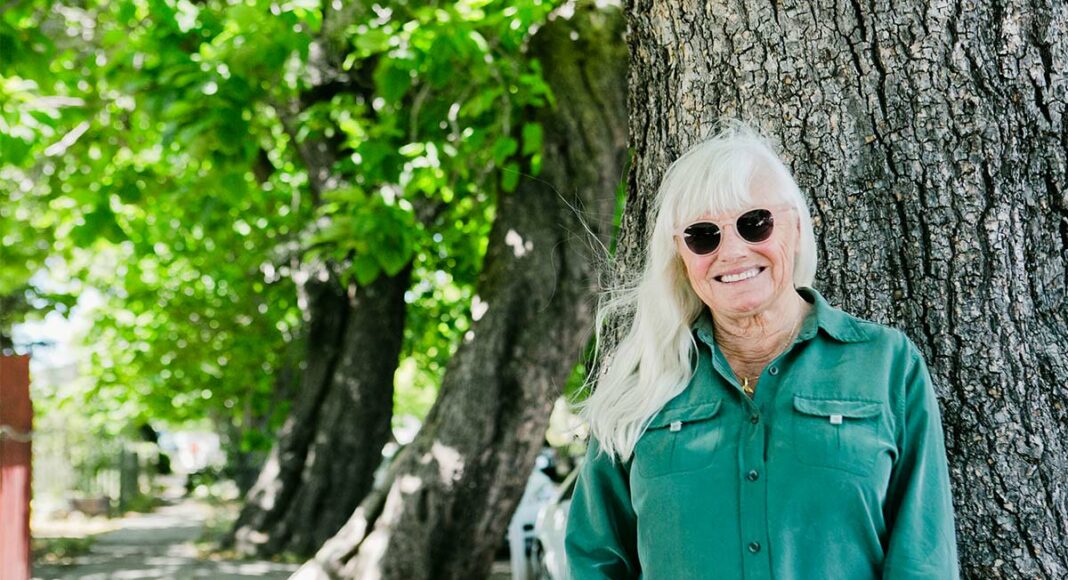EDITOR’S NOTE

Last week’s cover story about Lighthouse Field touched off a huge response, not only from locals who had their own perspectives on and solutions to the problems there, but also from those who wanted to comment on Santa Cruz’s legacy as an eco-conscious city, and where that reputation originated.
This week’s Green Issue touches on many of the same questions about our community’s role in protecting the ecosystem we live in. For me, the irony of Maria Grusauskas’ cover story is that when I was a student at UCSC in the ’90s, “tree hugger” was just coming into its own as the popular buzzword for anyone who wanted to dismiss the environmental concerns of activists at the university and beyond. It’s bizarre now to think that the idea of caring about the fate of one of our planet’s most important ecological resources was (and I suppose still is, in some circles) somehow supposed to be bad.
Back to the irony: even in Santa Cruz, we haven’t been tree hugging enough. As the story reveals, many of our oldest trees aren’t as protected as we think, and our urban canopy faces some serious threats—which even the people who care most about the heritage trees in our community feel they have little power to protect them from.
I hope this story spurs the same kind of discussion and action that last week’s did about an environmental issue that has even bigger ramifications.
STEVE PALOPOLI | EDITOR-IN-CHIEF
LETTERS TO THE EDITOR
Read the latest letters to the editor here.
House Pets
Re: “Field Goals” (GT, 7/6): Your article on Lighthouse Field overlooked an obvious solution to the problem: reinstate the traditional hours for off-leash recreation, before 10 a.m. and after 4 p.m. Prior to 2007, illegal camping was much less an issue at the field for one simple reason: off-leash dogs found the encampments and ate the campers’ lunch. Since 2007, our organization of responsible dog owners, Friends of Lighthouse Field, has campaigned to restore local control and multi-use to the field and adjacent Its Beach. FOLF has also arranged the repair of the crumbling cement steps leading down to the beach, at no cost to the city or state; successfully lobbied the city to install a dog bag receptacle at the top of the stairs (which we refill weekly); and joined Save Our Shores and Take Back Santa Cruz to clean up both the beach and the field (where we have discovered not only illegal camps, but also needles, drugs, and 9mm ammunition). Returning off-leash hours to Lighthouse Field and Its Beach is an idea whose time has come. Again.
Gregg Herken | Friends of Lighthouse Field, Santa Cruz
Hosts with the Most
Re: “Park Rangers Coming Downtown”: As one of the many residents living on Pacific Avenue in downtown Santa Cruz, I’d like to say thanks to Callie West and the other “downtown hosts.” In my own experience, they have been very helpful.
I do look forward to the presence of park rangers, whom I’m hoping will be able to curtail the ongoing hazards of people riding bicycles and skateboards on Pacific Avenue sidewalks.
As a disabled senior, I’ve been struck twice by bicycles on the sidewalk. My next-door neighbor—a 74-year-old with impaired sight and hearing and using a walker—has been hit twice and knocked over within a block of our residence.
If people aren’t aware, there are ordinances against any self-propelled vehicle operating on the sidewalks (excepting wheelchairs), and the fine can be onerous (as well as the possibility of confiscation of the device).
In any case, thanks to the downtown hosts, and welcome rangers.
John Mills | Santa Cruz
Online Comments
Re: Lighthouse Field
Not to take anything away from Gary Patton and his lifetime of notable work and achievements, because I’ve been a fan before, during, and after the 1990s when he and I were county supervisors (he for Santa Cruz County, I for San Luis Obispo), but I want to remind readers that the environmental community began stirring in Santa Cruz in the late ’60s, early ’70s, by citing these two examples: After an uproar of protests, a proposed nuclear power plant, to be built south of Davenport, was permanently shelved in 1971 and never seriously raised again. That same year, after a similar campaign against the state’s plan to expand Highway 17 into a commute corridor, the state removed that highway and those plans from the Freeway System, saving the coast from major developmental pressures from the Santa Clara Valley. Both campaigns were led by a group of local citizens working for an organization called Santa Cruz County Council on the Environment (which I had the privilege of chairing in ’70-’71), and without these victories, Santa Cruz County and the coast would look dramatically different today—and not for the better.
And Gary Patton still had a lot of work to do during his 20 years in office in the never-ending battle to save the sense of place of Santa Cruz County and the coast.
— Bud Laurent
PHOTO CONTEST WINNER

Submit to ph****@go*******.sc . Include information (location, etc.) and your name. Photos may be cropped. Preferably, photos should be 4 inches by 4 inches and minimum 250dpi.
GOOD IDEA
PHONE PLAN
Mobile Ranger, a phone application company, has released a new Santa Cruz Beaches Tour, the 17th addition to their free, self-guided tours. This one includes Elkhorn Slough, Seacliff State Beach, Natural Bridges State Beach, Greyhound Rock and Año Nuevo State Park. Along the way, users have access to learn about topics varying from elephant seals to local geology.
GOOD WORK
TEXTBOOK KINDNESS
Some hard-working students will find a clearer path to success now that Mary Solari, a philanthropist whose three children attended Cabrillo College, has made it easier for 101 more students to attend the school this fall. Solari, a longtime Cabrillo supporter, has donated $255,000 to the Cabrillo College Foundation, enough to provide $2,500 scholarships for 101 recent high school grads.
QUOTE OF THE WEEK
“Nothing that the human enterprise does can come anywhere near the elegance and efficiency of a robust global forest.â€
-Jim Robbins












